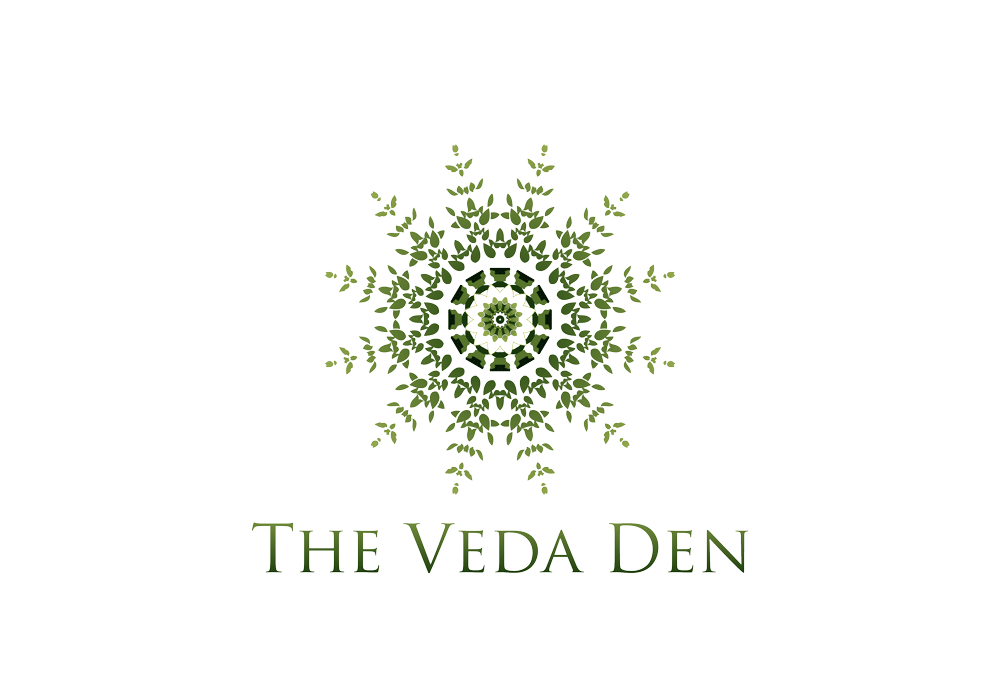A Vedic Halloween
The Vedas are a large body of scriptures originating in ancient India. Composed in Vedic Sanskrit, the texts constitute the oldest layer of Sanskrit literature and the oldest scriptures of Hinduism. However, there is no mention of the word Hindu or Hinduism in the Vedas. There are four Vedas: the Rigveda, the Yajurveda, the Samaveda and the Atharvaveda.
They are among the oldest sacred texts of Indian philosophy, and they contain hymns, incantations and ritualistic spells that were recited and performed in the Vedic era, which dates back thousands of years. These incantations and spells were not necessarily what we commonly think of in the modern sense, they were invocations and offerings made to various deities for specific purposes. Here are some examples of rituals and spell practices from the Vedic era:
Agni Worship: Agni, the god of fire, was central to Vedic rituals. Offerings were made into the sacred fire to invoke Agni and seek his blessings.
Soma Rituals: The Soma ritual involved the preparation and consumption of a psychoactive plant called "Soma" as an offering to the deities. It was believed to induce a state of ecstasy and enhance communication with the divine.
Ashvamedha Yagna: This was a complex horse sacrifice ritual performed by ancient Indian kings to demonstrate their power and authority. The ritual was intended to ensure prosperity, protection, and victory.
Rigvedic Hymns: The Rigveda, the oldest of the Vedas, contains hymns and mantras dedicated to various deities, such as Indra (the god of thunder and rain), Agni, Varuna, and others. These hymns were recited to seek blessings, protection, and guidance.
Yajnas: Various Yajnas (fire rituals) were performed to invoke deities for different purposes, including the appeasement of specific gods, healing, and seeking divine favor.
Gayatri Mantra: The Gayatri Mantra is a highly revered Vedic mantra dedicated to the sun god Savitar. It is recited for spiritual illumination, wisdom, and guidance.
Purification Rituals: Rituals involving the use of water and prayers were performed to purify individuals and objects, ensuring their suitability for sacred activities.
Chants and Invocations: Vedic priests (Rishis) were skilled in chanting specific mantras and invocations for various occasions, including births, weddings, and funerals.
Vedic Astrology: Astrology, known as Jyotish, was an integral part of Vedic culture. Priests used astronomical knowledge to determine auspicious times for rituals and make predictions.
Vedic Meditation: Meditation and contemplative practices were also part of Vedic traditions, with a focus on self-realization and spiritual growth.
These practices or some variation of them were deeply rooted in the religious and cultural context of the Vedic era, and they may not correspond to spells as we think of them and often relate to evil and darkness. The Vedic rituals were a means of connecting with the divine and seeking various forms of assistance and guidance from the gods. So, which one will you be practicing for Halloween to enhance your spiritual growth?
